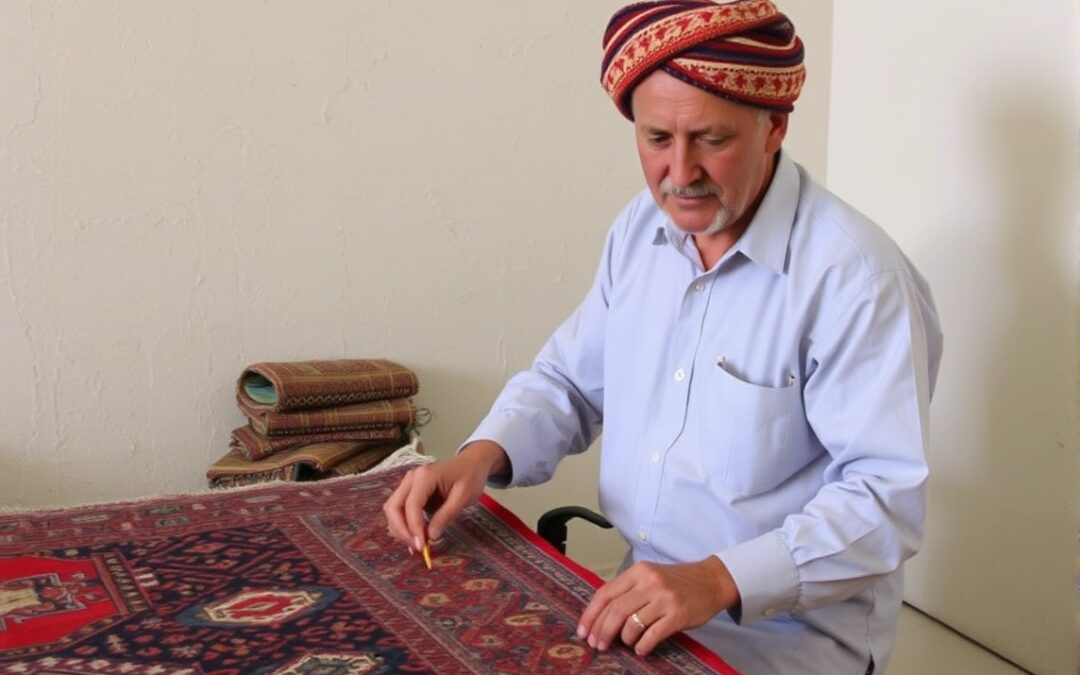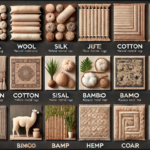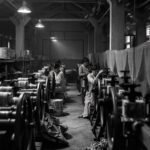Afghanistan is a land known for its rich cultural heritage, with one of its most notable crafts being the creation of handmade rugs. For centuries, Afghan rugs have been synonymous with artistry, durability, and cultural significance. But today, the craft is doing more than just preserving tradition. It is providing hope, employment, and a sustainable future for Afghans, especially in a country marred by decades of conflict and economic challenges. The global demand for these rugs has not only kept an ancient tradition alive but also become a lifeline for thousands of Afghan artisans.
A Rich Tradition in Afghan Culture
Handmade rugs in Afghanistan are more than just functional household items; they are cultural treasures passed down through generations. Afghan rug-making is a skill deeply embedded in the cultural identity of many communities. Traditionally, these rugs are woven by women, often in their homes, using techniques and patterns that have been handed down for centuries. The unique designs, vibrant colors, and intricate patterns tell stories of the Afghan landscape, tribal symbols, and personal experiences.
Rug-making has long been associated with the country’s history, especially among the nomadic and rural populations. Whether it is the famous Baluchi rugs, Chobi rugs, or the luxurious Khal Mohammadi, Afghan rugs are highly sought after for their quality and craftsmanship. The global appreciation for Afghan handmade rugs, particularly in Europe, the United States, and the Middle East, has turned this traditional art into an essential part of the Afghan economy.
The Economic Significance
In a country where the unemployment rate is high, and economic opportunities are limited, the rug-making industry plays a crucial role in providing jobs. According to estimates, around 1 million Afghans rely directly or indirectly on the rug industry for their livelihood. With the collapse of many industries due to ongoing political instability, rug-making remains one of the few consistent sources of income for many families, particularly for women who often have limited access to other forms of employment.
Afghan rugs are primarily made by hand in small workshops or homes, and many of these operations are family-run. These families are able to sustain themselves through the proceeds from rug sales. The demand for these rugs globally has enabled the continuation of this craft while creating opportunities for sustainable development in Afghanistan.
Empowering Afghan Women
One of the most profound impacts of the rug-making industry in Afghanistan is its empowerment of women. In many rural areas, women are the primary weavers, and rug-making offers them the ability to work from home while earning an income. This has been particularly important in conservative parts of the country, where women’s participation in the formal workforce is often limited by cultural norms.
Rug-making not only gives women financial independence but also increases their bargaining power within the household and community. By earning money through their craft, women can contribute to their family’s finances, often leading to better education and healthcare for their children. Additionally, the communal aspect of rug-making – where women come together to weave – fosters a sense of solidarity and support among female artisans.
Organizations and non-profits have also stepped in to support women weavers by providing them with access to materials, training, and international markets. Some initiatives focus on helping women refine their designs to meet the tastes of global buyers while ensuring fair wages and working conditions. This support is vital in a country where women’s rights are often under threat, especially in regions controlled by conservative factions.
Challenges Facing the Rug Industry
Despite the success of the rug industry, it faces significant challenges. Political instability, lack of infrastructure, and restricted access to international markets have all impacted the ability of Afghan artisans to sell their rugs abroad. Transportation issues, border closures, and sanctions have made it difficult to ship rugs to global buyers.
Additionally, competition from machine-made rugs produced in countries like China, India, and Turkey poses a threat to Afghan handmade rugs. Machine-made rugs are often cheaper and more readily available, although they lack the authenticity and craftsmanship that handmade Afghan rugs offer. However, for many consumers, price remains a significant factor in their purchasing decisions.
The decline in security across parts of the country also affects production. Some areas where rugs have traditionally been made are now too dangerous for artisans to work safely. The industry has been forced to adapt, with many families migrating to safer areas or even neighboring countries like Pakistan, where they continue their craft.
Global Demand and Support
The global demand for Afghan handmade rugs continues to be a source of hope for many artisans. International buyers appreciate the authenticity and quality of these rugs, and they are often seen as a valuable investment. Afghan rugs have become collectors’ items, particularly in Europe and North America, where there is a strong market for handmade, artisan goods.
Efforts are being made to promote Afghan rugs on the global stage through exhibitions, trade shows, and online platforms. The rise of e-commerce has been particularly beneficial, allowing artisans to connect directly with buyers across the world. This has cut out intermediaries and ensured that more of the profits go directly to the weavers.
Several non-profit organizations and development agencies have stepped in to support the rug industry by helping artisans market their products internationally and ensuring fair trade practices. For example, some groups work to connect Afghan weavers with high-end retailers in Europe and the United States, while others provide certification to guarantee that the rugs are handmade and ethically produced.
A Sustainable Future for Afghanistan
The handmade rug industry in Afghanistan is not just about preserving a cultural tradition; it is about securing a future for thousands of Afghan families. The industry has the potential to drive economic growth, particularly in rural areas where few other opportunities exist. By providing steady employment and fair wages, the rug industry contributes to stability and helps alleviate poverty in one of the world’s most troubled regions.
However, for the industry to truly thrive, it needs support both domestically and internationally. This includes improved infrastructure, better access to global markets, and continued investment in training and development for artisans. Moreover, promoting Afghan rugs as luxury, artisanal products on the global stage can help sustain demand and ensure the survival of this ancient craft.
Conclusion
Handmade rugs are more than just works of art; they are a lifeline for many Afghan families. The rug industry provides jobs, empowers women, and supports entire communities. Despite the challenges it faces, the future of the Afghan handmade rug industry looks bright, thanks to continued global demand and support. By investing in Afghan rugs, buyers are not only acquiring a piece of history but also helping to secure a better future for the artisans who make them.






